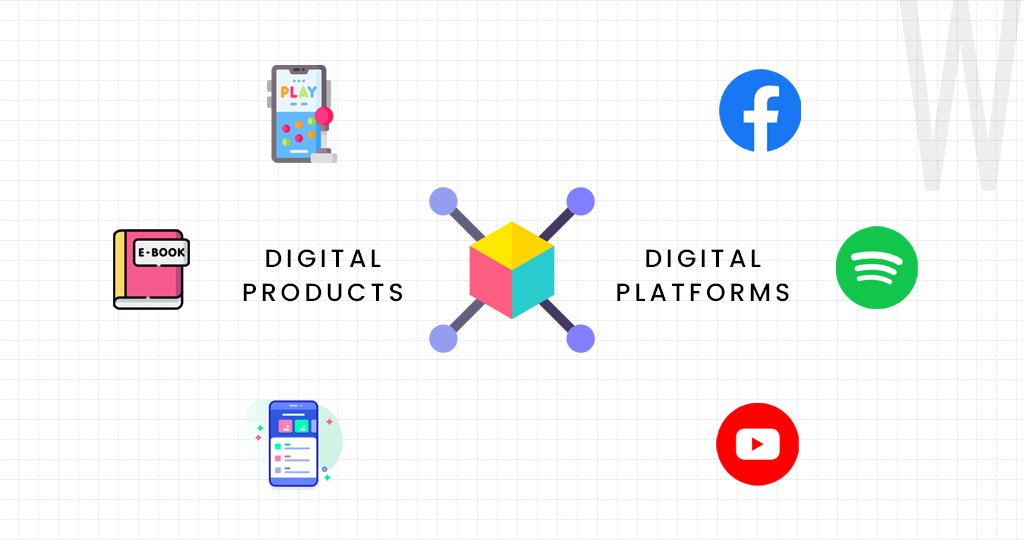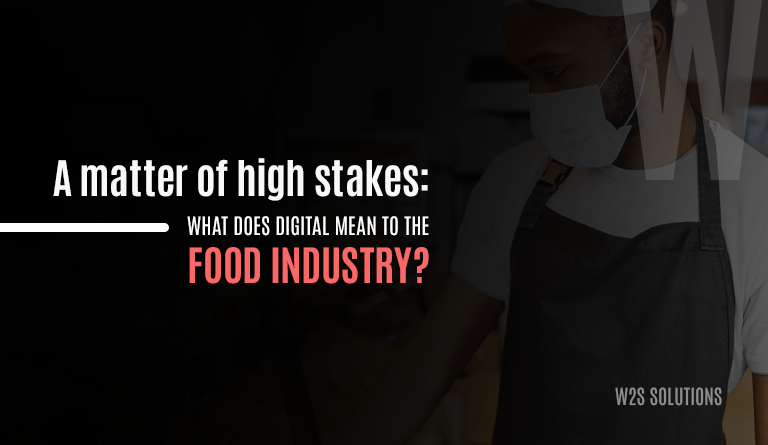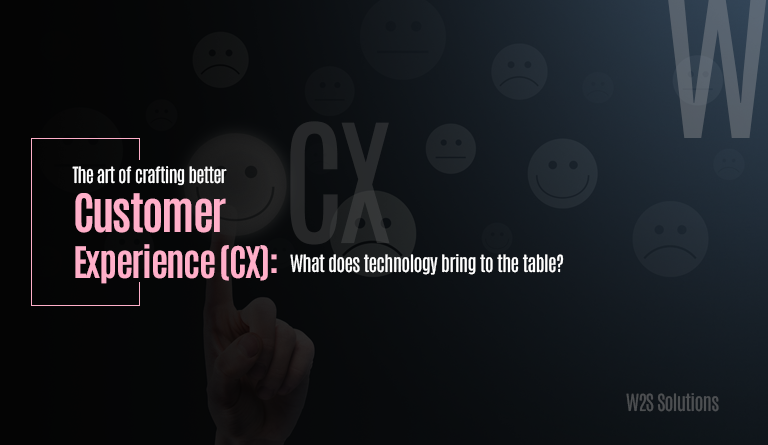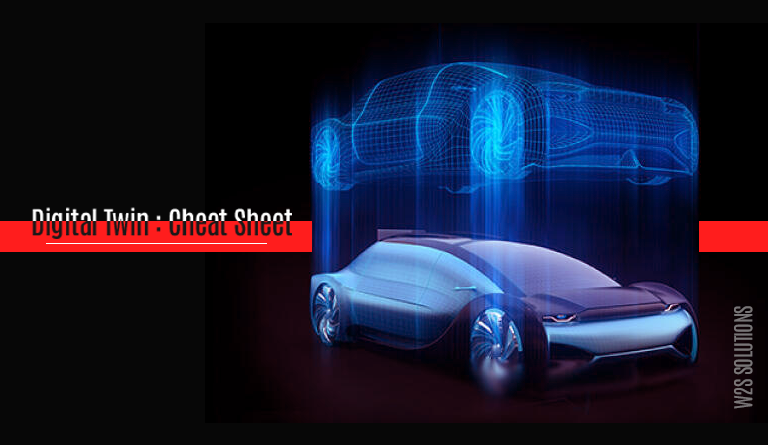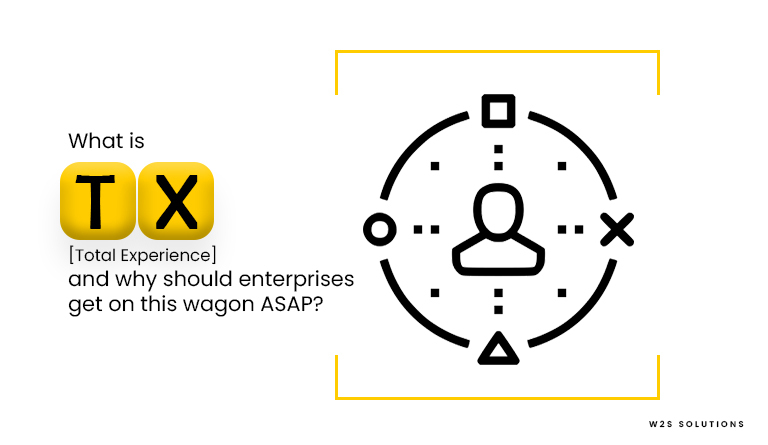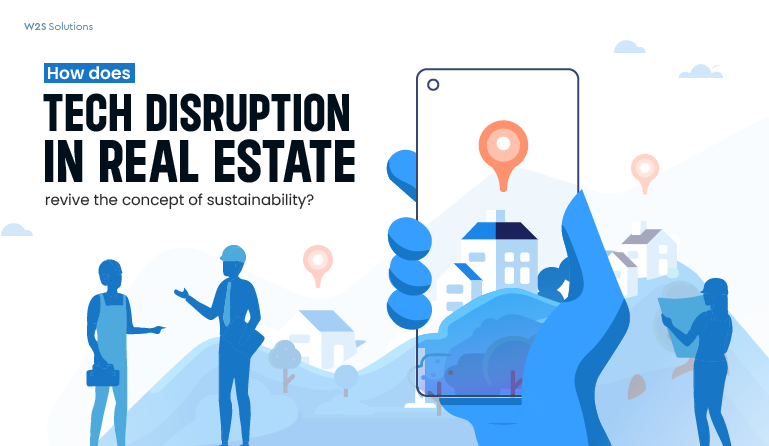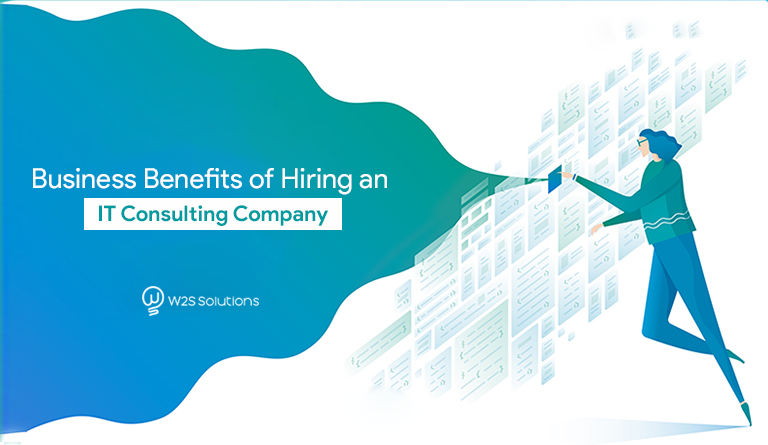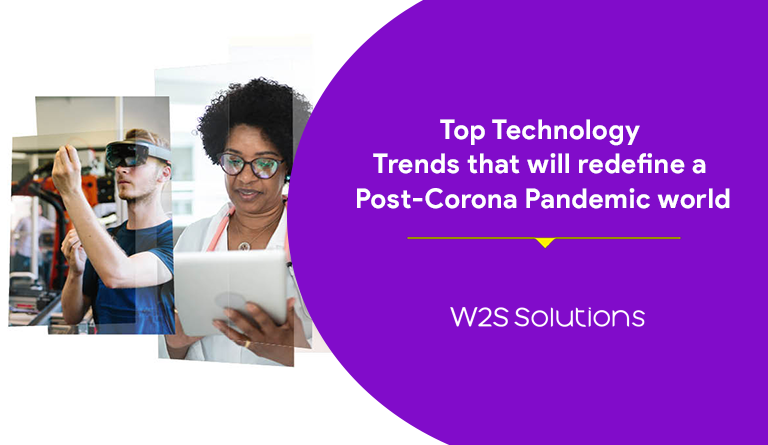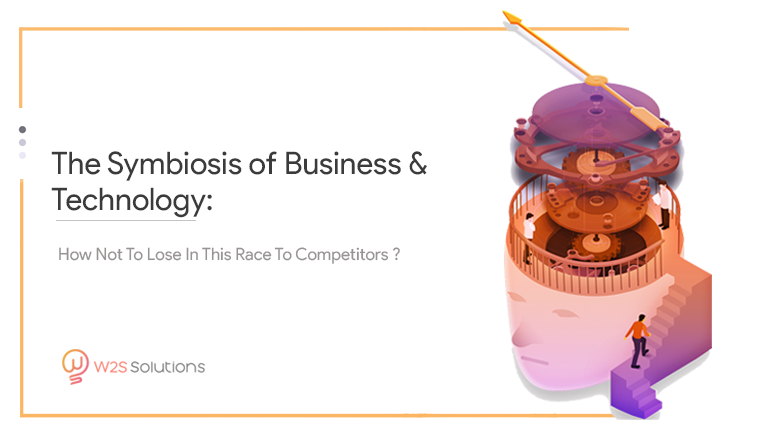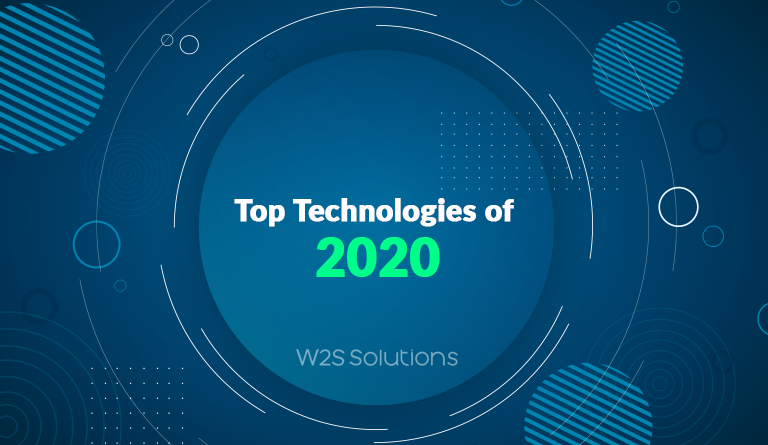TABLE OF CONTENT
Bojack horseman, my second favorite TV show of all time drops truth bombs like this one at the top, all the time. While the show dives deep into the complex nature of human behavior, and why we do the things we do, I think businesses should take this quote to the heart before they approach digital transformation.
Many a time, companies often mistake digitalization for digital transformation, and this fundamental misalignment in their approach can affect the growth plans for the company. Depending on the level of disruption in their industry, this could mean lost value for and by the company, and most importantly, it means that you are now one step behind your plans to be future-ready, and possibly several steps behind your competitors.
By now, every global digital transformation solutions provider is saying the same thing. And we’ve said it, too, in our previous blogs- “Digital transformation is rather a cultural transformation”. If this is your first time hearing about it, I suggest you read our previous blog “don’t DO digital transformation”.
But how can you spot the red flags in your plans for digital transformation? How can you come out of a toxic relationship with your digital strategy? How can you leverage digital to build resiliency for your business?
Red flag-1
Digital is just an add-on to your current strategy
There is no harm in starting small. In fact, we urge our clients to start small with their digital transformation, and we gradually empower them to suit the radical transformation pace of the market demands. However, if digital is not embedded into your core business strategy, then there will be no true resulting digital value that actually fuels your business engine.
Digital transformation is different from digitalization, and the major difference between these two most widely used terms is that the former can only address specific problems of your business. Digitalization is just a part of the equation compared to transformation, which is the whole damn equation!
If you don’t have a holistic digital transformation strategy in place, you may still see an increase in value deliverance or even ROI, but the cost-to-effort ratio will most likely to impractical; irrespective of the industry you are in!
Red flag-2
Your consumers are not a part of your digital paradise
While this truly defeats the purpose of going digital, you would be surprised to know how many “successful and international” companies make this mistake. One, is because it’s not a mistake that’s easy to identify. It’s most likely to creep up on you, and most of the time, it’s rather a change in the mindset that realigns the course.
The problem is that consumers are growing rather fast and it has become impossible for companies to try to fit them into whatever box they have made for them. And to meet the needs of the present while being adequate for the future, companies have to come up with sustainable yet scalable digital strategies that nurture their consumer base.
Many successful brands are building digital ecosystems to accommodate their consumers into their expansion plans. They deliver value to their consumers by reimagining digital as a whole medium than parceling its elements. By doing so, companies make their offerings more accessible, instant, and affordable- the cornerstones of everything that an average consumer looks for in a brand.
Red flag-3
If you don’t have a digital paradise at the end of the tunnel!
The only thing that’s worse than your consumers not being a part of your digital paradise is if there isn’t one for you in the first place! When we say digital paradise, we mean a perfect sync between your digital and business operations that dissipates the border between the physical and digital presence of your brand which your consumers perceive. With platforms like metaverse becoming more mainstream, the fundamental approach to how consumers experience your brand will change very soon.
It’s okay to not have an end goal with perfect brushstrokes, as digital is rather an evolving platform. But your transformation strategy should point you toward the direction of your ideal, future version of your brand. When done right, digital will enable synchronization within the various departments of your company, and when it does, you can identify and seize value at scale.
Partnering up with technology companies has been the trend recently. Companies partner with technology service providers to accelerate their digital initiatives. As technology partner bridges the talent and knowledge gap, companies have been able to scale more effectively than fostering transformation within the premises. However, even partnering with leading technology solution providers can come with risks, particularly when the organizations don’t align properly.
But, the pressure to go full-throttle digital or to build a complete digital/business ecosystem can be too much to carry alone, in the current marketplace. So, it’s better to build bridges and start acting on small opportunities first instead of waiting for the perfect digital partner to save the day!
Get inspired!
Subscribe to our newsletter and get updates on how to navigate through disruption and make digital work for your business!





